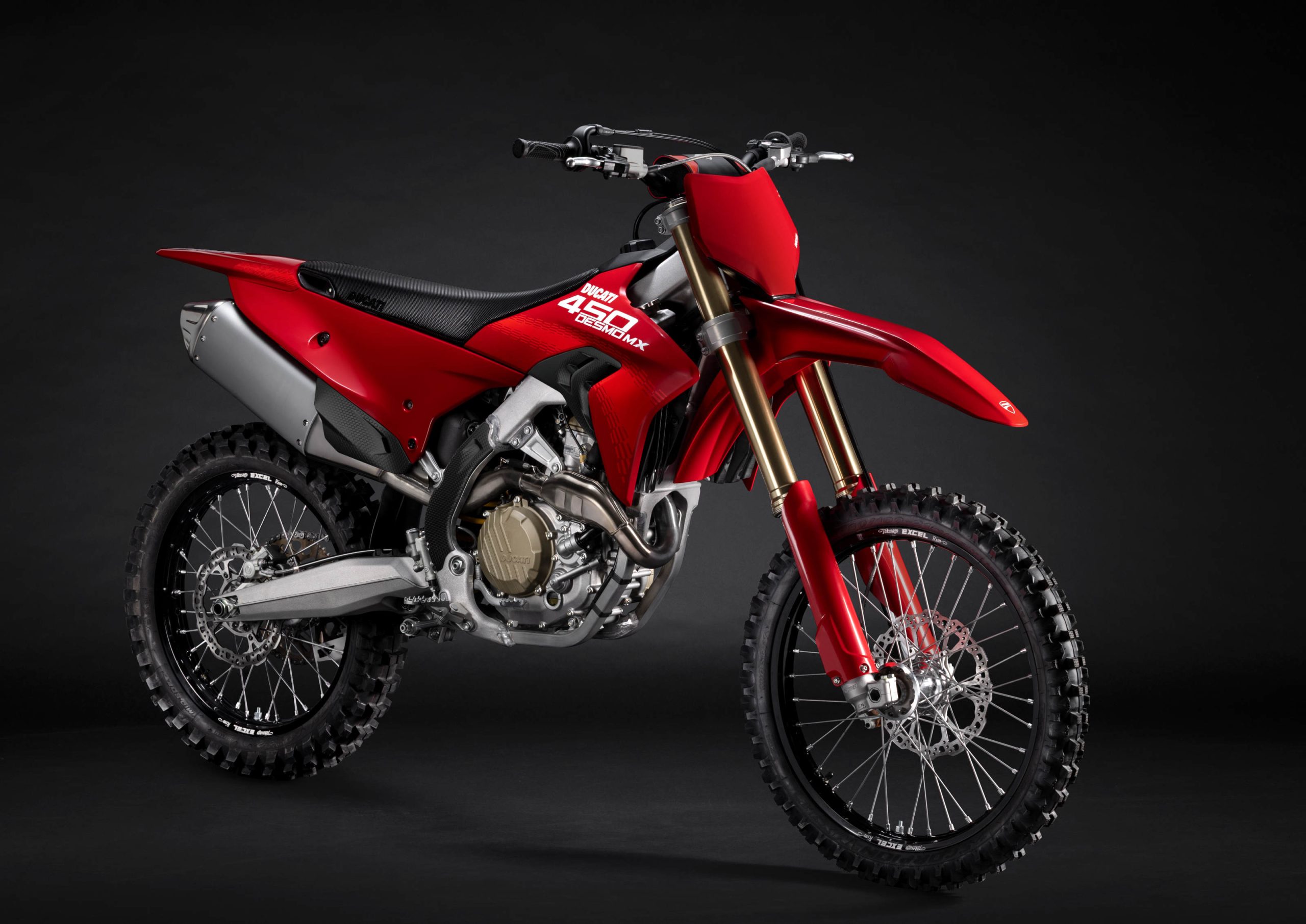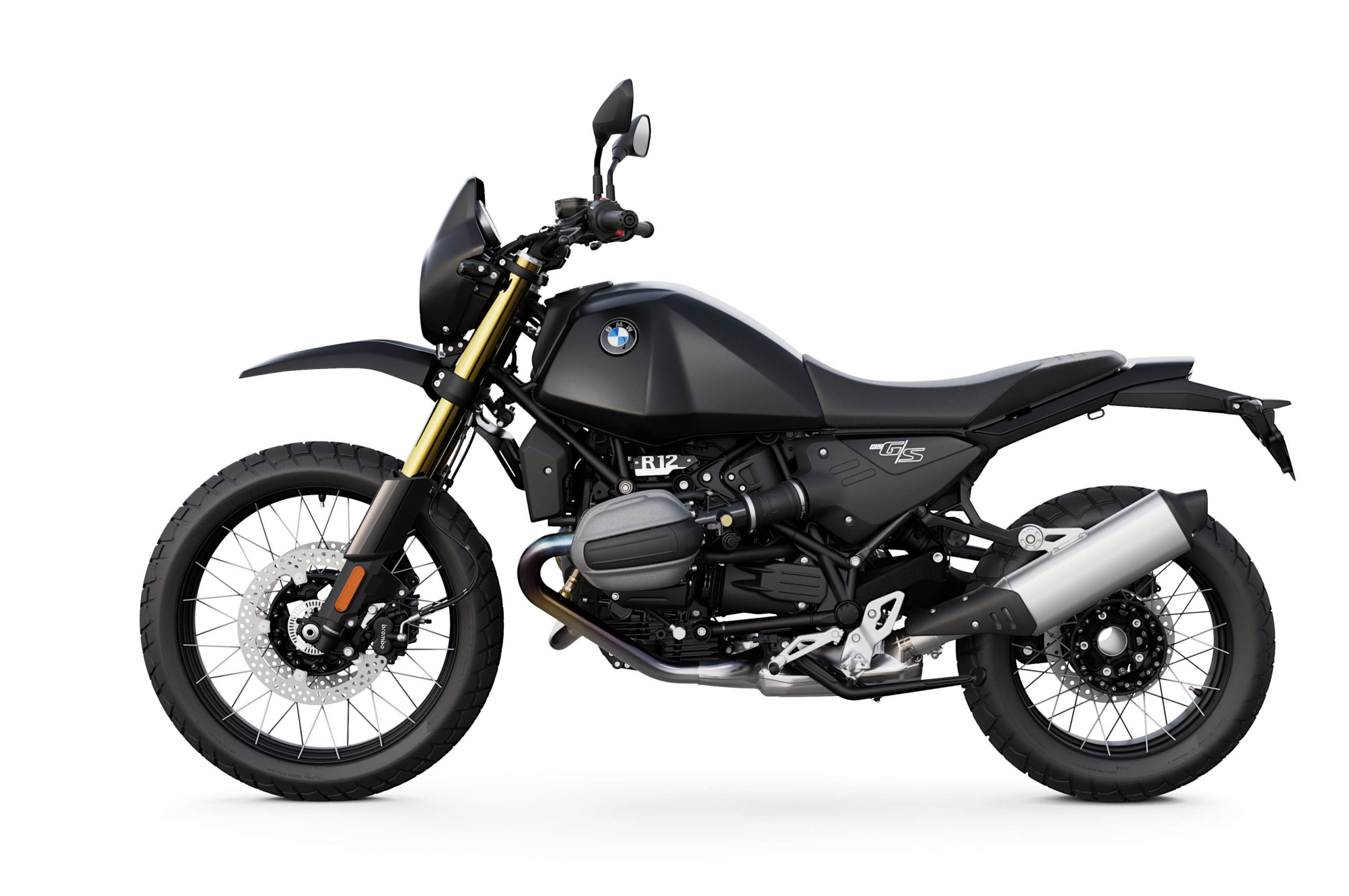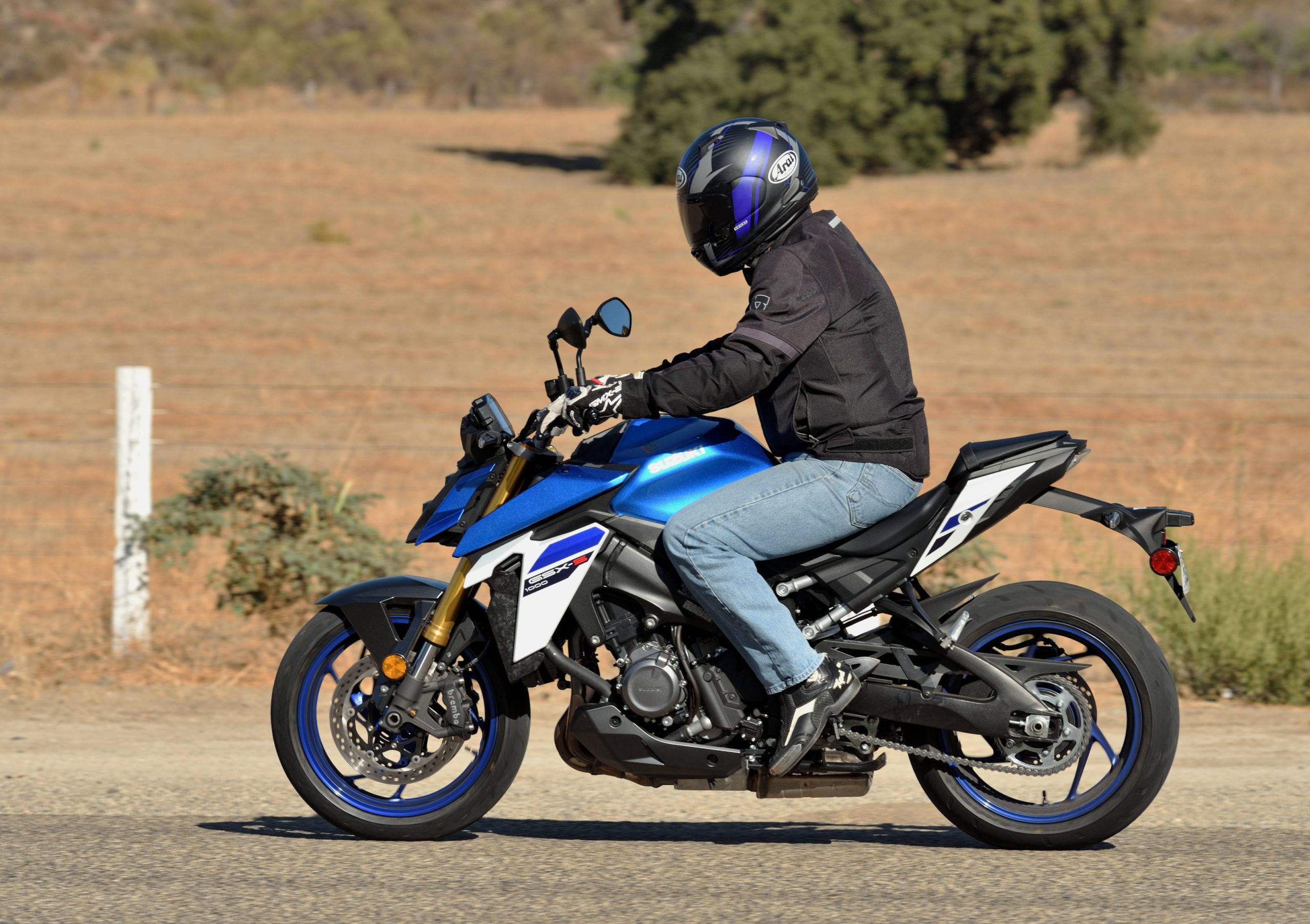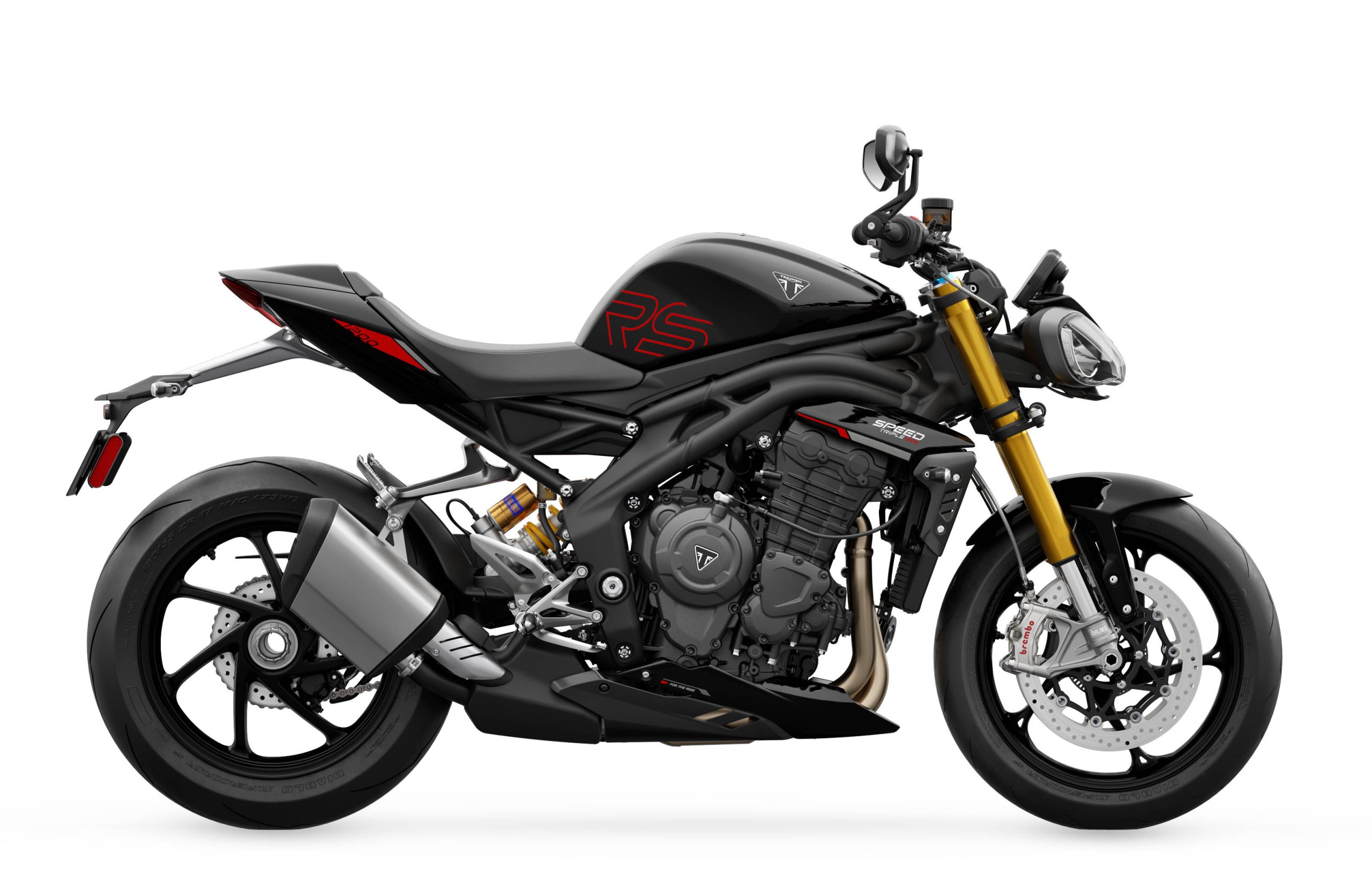 |
|
Willy tries hard to keep three-time World champ Freddie Spencer in his mirrors (. . . not in a million years).
|
I have just returned from the U.S. intro of the 2003 Honda CBR 600RR at Las Vegas Motor Speedway, home of Freddie Spencer’s High Performance Riding School, and I am impressed (as well as exhausted from the trip, so this is a brief Part I of my race track impressions). Much hoopla has preceded Honda’s new 600, most of it coming from Honda, as a matter of fact. After riding it, I decided that if I’d made the bike, I’d be telling everyone about it, too!
Mass centralization has always been a design requirement in all of Honda’s motorcycles, not just sportbikes, and this design parameter has been taken to a new level with the 600RR (don’t call it an F5). Placing the major parts – like the engine, fuel and rider – close to the motorcycle’s roll axis, the easier it will turn and the more smoothly it will transition from one rider input to another. It certainly does this. It didn’t matter if the gas tank was full, or empty, the turn rate was just as quick and easy. Honda’s trick Pro Link rear suspension plays a large role in the mass centralization game, as well.
The frame is a product of Honda’s new “Hollow Fine Die-Cast” technique, which allows thinner wall material, and the ability to “tune in” specific rigidity at each point in the frame. Compared to the F4i, there is more torsional stiffness at the steering head and less lateral stiffness in the rear frame rails. No upper shock mount where you would normally find one means rear suspension forces are largely isolated from the frame … take a look at our earlier discussion of the Pro Link system.
The engine is all new. It is smaller, higher reving (15,000 rpm redline) and is fed by a dual-stage fuel injection system. Power felt plentiful, particularly above 10,000 rpm. Throttle response is accurate, but not overly sensitive. At deep lean angles, the fuel injection’s accuracy and smoothness allowed, along with the Pro Link rear suspension, ridiculously early throttle applications without drama – just as Honda had promised!
Braking is very good, but seemed to require a stronger pull than you’d expect from a system with 310mm rotors. That said, I could confidently brake very deep into corners because of the great feedback. I tried and tried, but couldn’t get them to fade.
 |
|
The U.S. 600RR is available in three color schemes.
|
Suspension was well sorted for us before we got there. Freddie Spencer, Jeff Haney and Doug Toland all rode the bikes and setup the forks and shocks to what they felt would be optimum. I agreed with their conclusions, although I did add a half turn of compression damping to the fork to deal with both my heavy braking style and the hit the suspension absorbs coming off of the banking into the infield.
There is much more to talk about with this bike, and all will be revealed very soon . . . so stay tuned for Part II.





